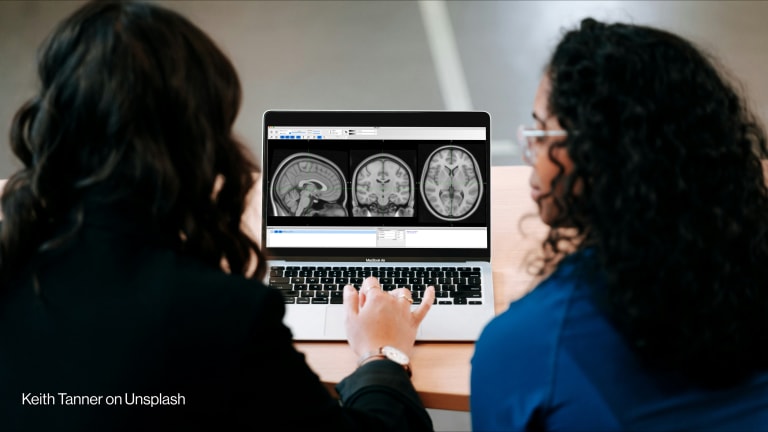
If you had to choose one of your senses to live without, what would it be and why?
Many people would not be willing to give up their vision. It is how we perceive reality and how we interpret our environment.
It’s a common misconception that vision loss is an inevitable part of the aging process. According to the World Health Organization, approximately 82 percent of people living with blindness are aged 50 and above, with uncorrected refractive errors being the main cause of visual impairment.
Innovations in diagnosis, biomedicine, nutrition, technology, and preventative care have nevertheless made it entirely possible to age with strong, healthy vision. WHO also states that 80 percent of all visual impairment can be prevented or cured. There is a sense of urgency as well as a global responsibility to address this leading cause of disability among this population.
Vision impairment is known to exacerbate existing morbidities and increase the risk of serious health and social issues such as falls and mental illness. This can lead to marginalization of older persons and dependence on families, caregivers and the greater population.
There are currently no organizations that focus exclusively on vision and aging. How are we to address the proliferation of population aging as well as the importance of reducing vision loss in old age? Who is responsible for this specialized group of individuals?
Specializing in certain areas of health and well-being allows for individuals and organizations to become experts in a given field. For example, an ophthalmologist specializes in the anatomy, physiology and diseases of the eye. However, an ophthalmologist does not likely have the knowledge background of the economic costs of population aging.
Building partnerships with other concurring yet very distinct establishments fosters communication and rich knowledge exchange that otherwise may never occur. Thus an ophthalmologist will be given the platform to communicate with public health economists to determine the costs of vision care due to population aging, which is beneficial for the health and well-being of their patients.
Public health is a global priority that requires the collaboration of multiple organizations, businesses, academics, individuals, and government in order to produce change. Policy agendas should address the needs of older adults with vision loss as well as eliminate the perception that vision loss is an inevitable part of aging.
There has to be a coherent strategy that unites research, policy, practice and advocacy on vision and population aging. Though change is the end goal for most research proposals and platforms put forth for global health, it is the advocacy of the problem at hand that creates this change in the first place. Awareness of the issue brings life to change. Without advocacy, the significance of an endeavor such as vision loss in older persons will not be ingrained as a public health threat among policymakers and other stakeholders worldwide.
Building a platform to strengthen organizational capacity and stimulate national and regional advocacy efforts is essential to ensure that this pertinent public health issue is a priority on every government’s agenda. Action in Global Advocacy mobilizes effective advocacy campaigns toward the goal of addressing preventable vision impairment and blindness across aging and vision organizations. Since connecting agents such as AGA do not exist, there is a lack of communication and collaboration between these sectors.
As Martin Luther King Jr. once said, “There is power in numbers and there is power in unity.” With collaboration comes unity towards the goal for the common good. Creating a unified body renews and builds momentum that will foster open communication, transparency and rich knowledge exchange for one voice in support of vision health and aging within and across countries worldwide.
Millions of people globally will live their later years with severe visual impairment and blindness as a result of poor awareness and an inability to access the best treatments. Preventative care is beneficial to both governments as a cost-effective economic strategy and to individuals who fear aging due to debilitating diseases such as cataracts, macular degeneration and diabetic retinopathy to name a few. AGA is an effective way to raise awareness for an aging population that should be able to see the future through healthy eyes.
Want to learn more? Check out the Healthy Means campaign site and tweet us using #HealthyMeans.
Healthy Means is an online conversation hosted by Devex in partnership with Concern Worldwide, Gavi, GlaxoSmithKline, International Federation of Pharmaceutical Manufacturers & Associations, International Federation of Red Cross and Red Crescent Societies, Johnson & Johnson and the United Nations Population Fund to showcase new ideas and ways we can work together to expand health care and live better lives.








